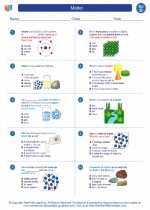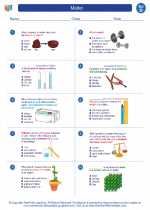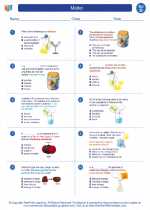Thyroid Gland
The thyroid gland is a small, butterfly-shaped gland located in the front of the neck, just below the Adam's apple. It is an essential part of the endocrine system, which is responsible for producing and regulating hormones in the body.
Anatomy of the Thyroid Gland
The thyroid gland consists of two lobes, connected by a thin piece of tissue called the isthmus. It is made up of follicular cells, which produce thyroid hormones, and parafollicular cells, which produce calcitonin, a hormone that helps regulate calcium levels in the body.
Function of the Thyroid Gland
The primary function of the thyroid gland is to produce thyroid hormones, primarily thyroxine (T4) and triiodothyronine (T3). These hormones play a crucial role in regulating metabolism, growth, and development in the body. They also help maintain the body's energy levels and regulate body temperature.
Common Disorders of the Thyroid Gland
There are several common disorders associated with the thyroid gland, including:
- Hypothyroidism: A condition in which the thyroid gland does not produce enough thyroid hormone, leading to symptoms such as fatigue, weight gain, and sensitivity to cold.
- Hyperthyroidism: A condition in which the thyroid gland produces an excess of thyroid hormone, leading to symptoms such as weight loss, rapid heartbeat, and heat sensitivity.
- Goiter: Enlargement of the thyroid gland, often due to iodine deficiency or thyroid dysfunction.
- Thyroid nodules: Growth of abnormal cells within the thyroid gland, which can be benign or cancerous.
Study Guide
Key Concepts
- What is the location and shape of the thyroid gland?
- What are the primary hormones produced by the thyroid gland?
- What is the function of thyroid hormones in the body?
- What are the common disorders associated with the thyroid gland?
- How is the thyroid gland regulated by the endocrine system?
Additional Resources
For further study, you may want to explore the following topics:
- Regulation of thyroid hormones by the pituitary gland
- Diagnostic tests for thyroid disorders, such as TSH and T4 levels
- Treatment options for hypothyroidism and hyperthyroidism
- The role of iodine in thyroid function
By understanding the anatomy, function, and common disorders of the thyroid gland, you can gain a deeper insight into the important role it plays in maintaining overall health and well-being.
[Thyroid Gland] Related Worksheets and Study Guides:
.◂Science Worksheets and Study Guides Fourth Grade. Matter

 Worksheet/Answer key
Worksheet/Answer key
 Worksheet/Answer key
Worksheet/Answer key
 Worksheet/Answer key
Worksheet/Answer key
 Worksheet/Answer key
Worksheet/Answer key
 Vocabulary/Answer key
Vocabulary/Answer key
 Vocabulary/Answer key
Vocabulary/Answer key
